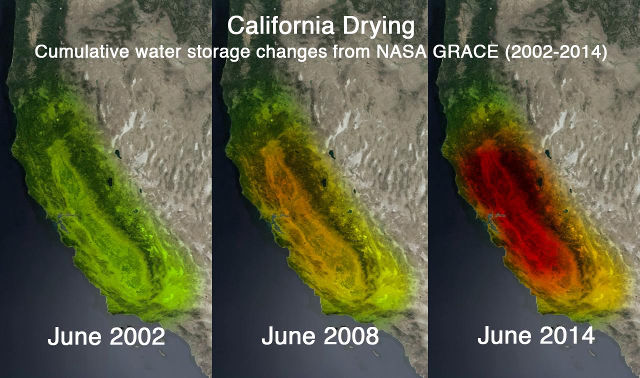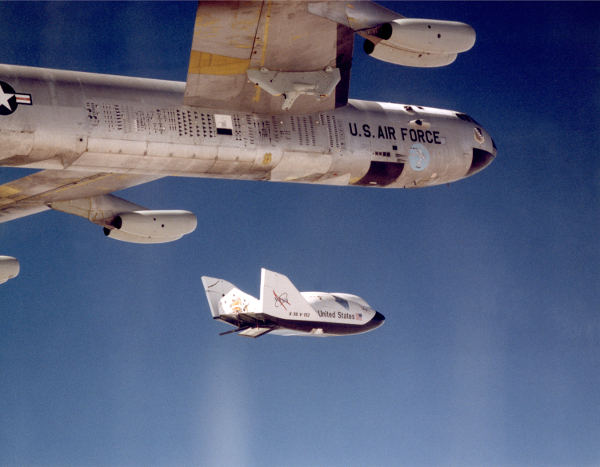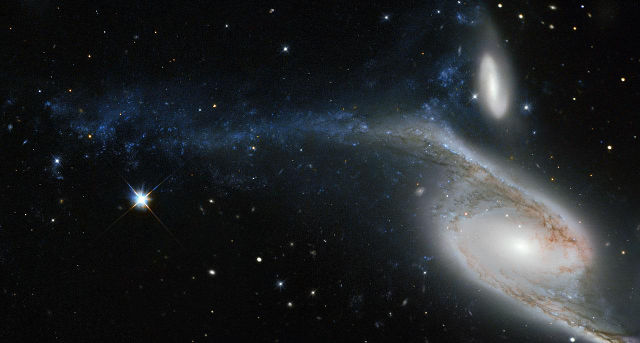
These tracks on a familiar looking sandy surface aren’t from one of the many barren deserts on Earth but instead come to us from NASA’s Curiosity rover on Mars. The rover was looking down down a ramp it had previously come up, at the northeastern end of “Hidden Valley” on Mars. In the distance we can also see the slopes of Mount Sharp within the Gale Crater. The rover’s Navcam was used to photograph this south facing view on its 717th day on Mars.



